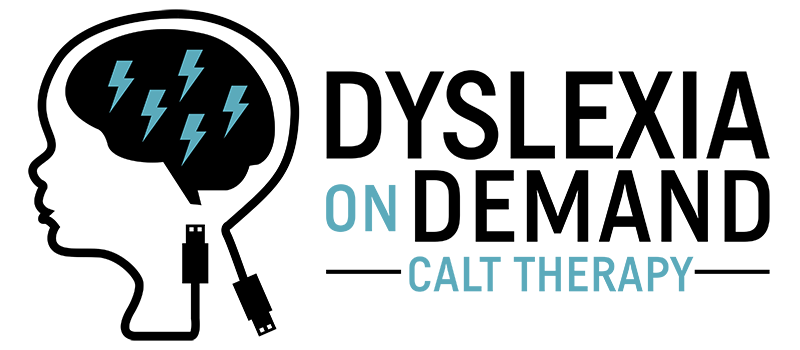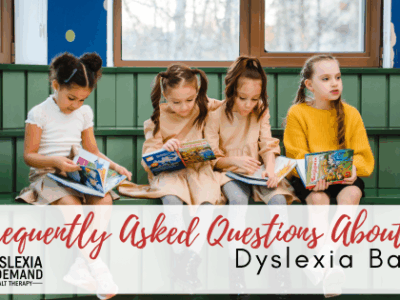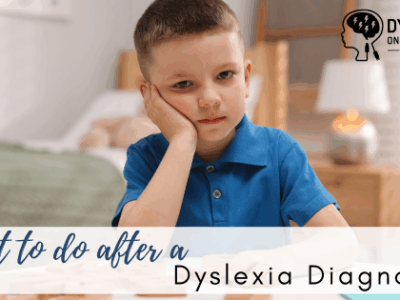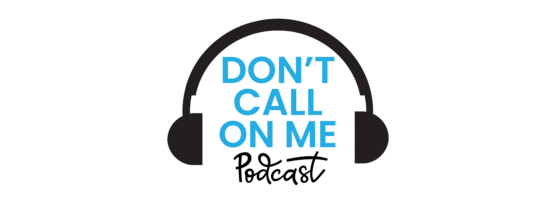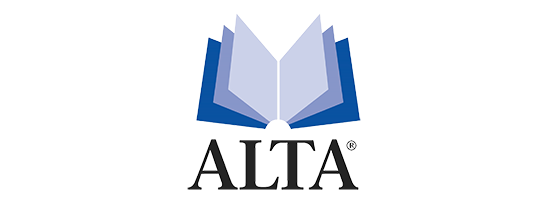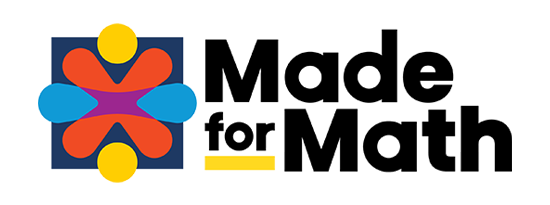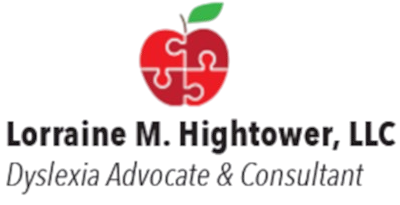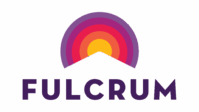Dyslexia vs Dysgraphia
Dyslexia vs Dysgraphia – what is the difference?
Dyslexia and dysgraphia are both specific learning differences. Most simply put, dyslexia primarily affects reading and dysgraphia affects writing. Dysgraphia impacts three main component areas: handwriting/fine motor, spelling, and a child’s executive functioning, most seen in difficulty in thought organization of writing. Dyslexia and dysgraphia can exist independent of one another, but they often enjoy hanging out together, as well as with ADD/ADHD and speech issues.
Signs of dysgraphia can be hard to notice in younger kids, but pay attention to slow, labored writing. Is it difficult to write just one sentence? And when they do write a sentence, is it a run-on or poorly organized train of thought? Are they mixing uppercase and lowercase along with cursive and print? How is their physical grasp on their pencil? How are their fine motor skills overall? Paying attention to these factors can help you figure out if this might be the issue.
Dyslexia, on the other hand, most outwardly impacts the phonological awareness required for accurate word reading and spelling application. There is evidence of the language centers of the brain malfunctioning in dyslexics. Isolating and recognizing sounds that make words is more difficult. Of course, they will also suffer similar issues with their physical handwriting skills, but dyslexia goes much deeper. The most obvious issue is reading in general- decoding, confusing the order in which letters create words, and poor comprehension as a result of inaccurate decoding and low working memory. This makes dyslexic children hesitant to read out loud, so they can have terrible issues with reading fluency. As with dysgraphia, dyslexic children also have trouble organizing thought patterns and putting together a cohesive set of directions.
The very best thing anyone can do when faced with either issue is to seek multisensory intervention, such as Take Flight or BLS dyslexia therapy delivered by a Certified Academic Language Therapist. Although neither program is specifically geared towards dysgraphia, therapists are experienced working with students impacted since the two disorders tend to run together. Both programs focus on the specific deficit areas of dysgraphia: handwriting, explicit spelling instruction, and strategic writing planning and organization. A one-on-one therapist has the added benefit and opportunity of specifically tailoring her supplemental therapy activities to be geared prescriptively to the child’s most needed areas.
Neither disorder is simply outgrown with age. With proper identification, public schools must provide 504 or IEP accommodations to ensure the child has every chance to pace themselves and be thorough. Breaking up large assignments into smaller, reachable goals helps build confidence. Speech to text programs are great, so kids can ‘see’ what they ‘say.’ Enabling spell check is also invaluable.
You and your therapist can design coping mechanisms and tasks that will help your child learn the way they are individually wired. Great teachers can work with you on game plans to enhance what learning is happening at home. Dyslexia vs Dysgraphia – Diagnosis is never easy by any means, but with work, understanding, and patience, confidence can be built and successful strides will be made!
